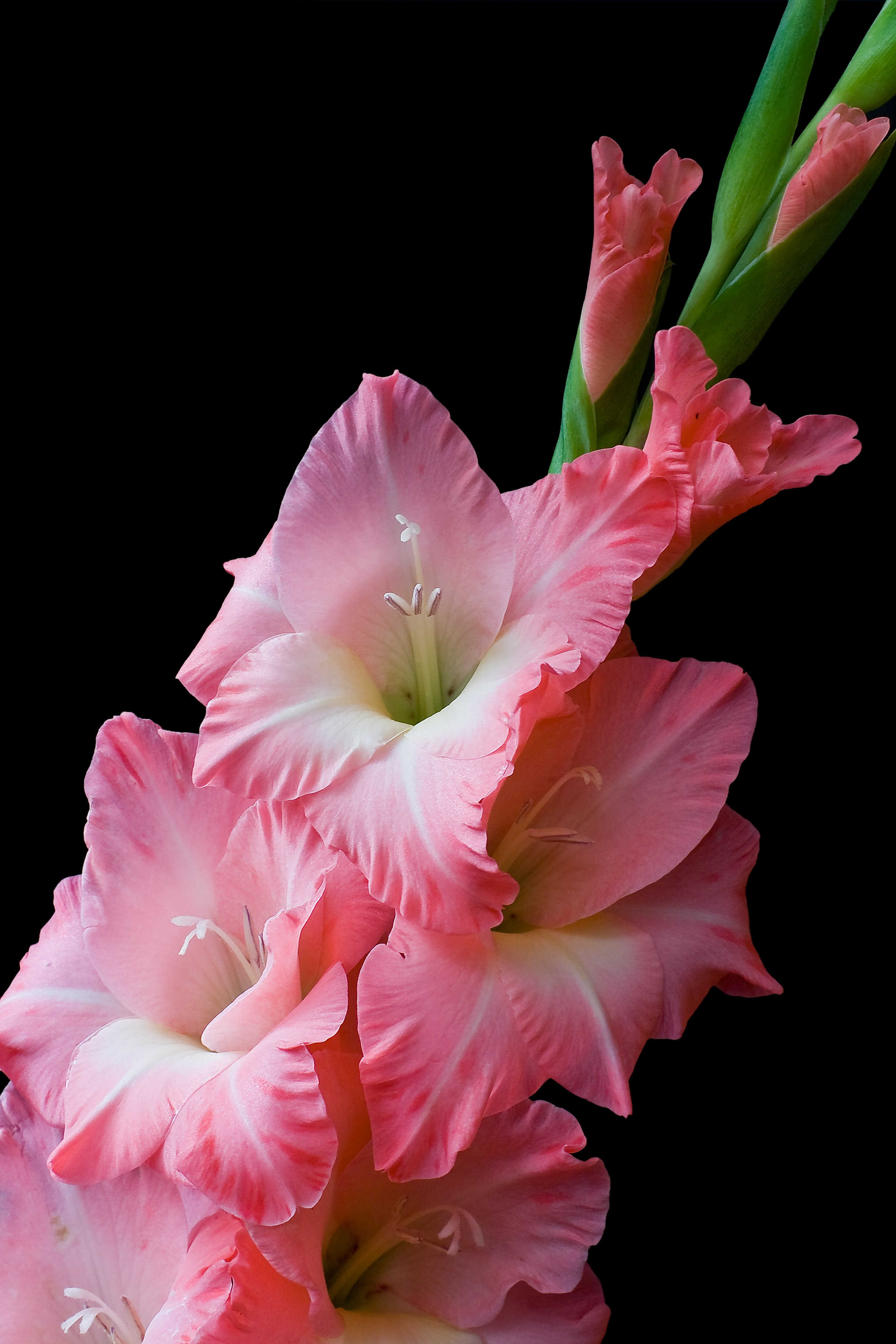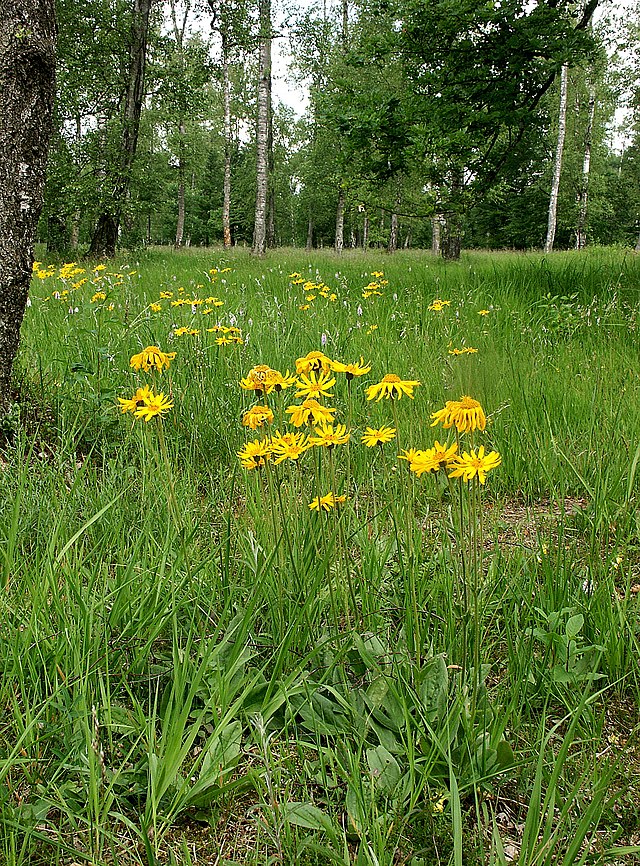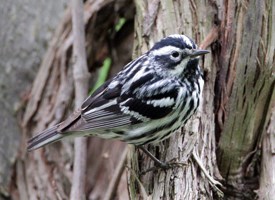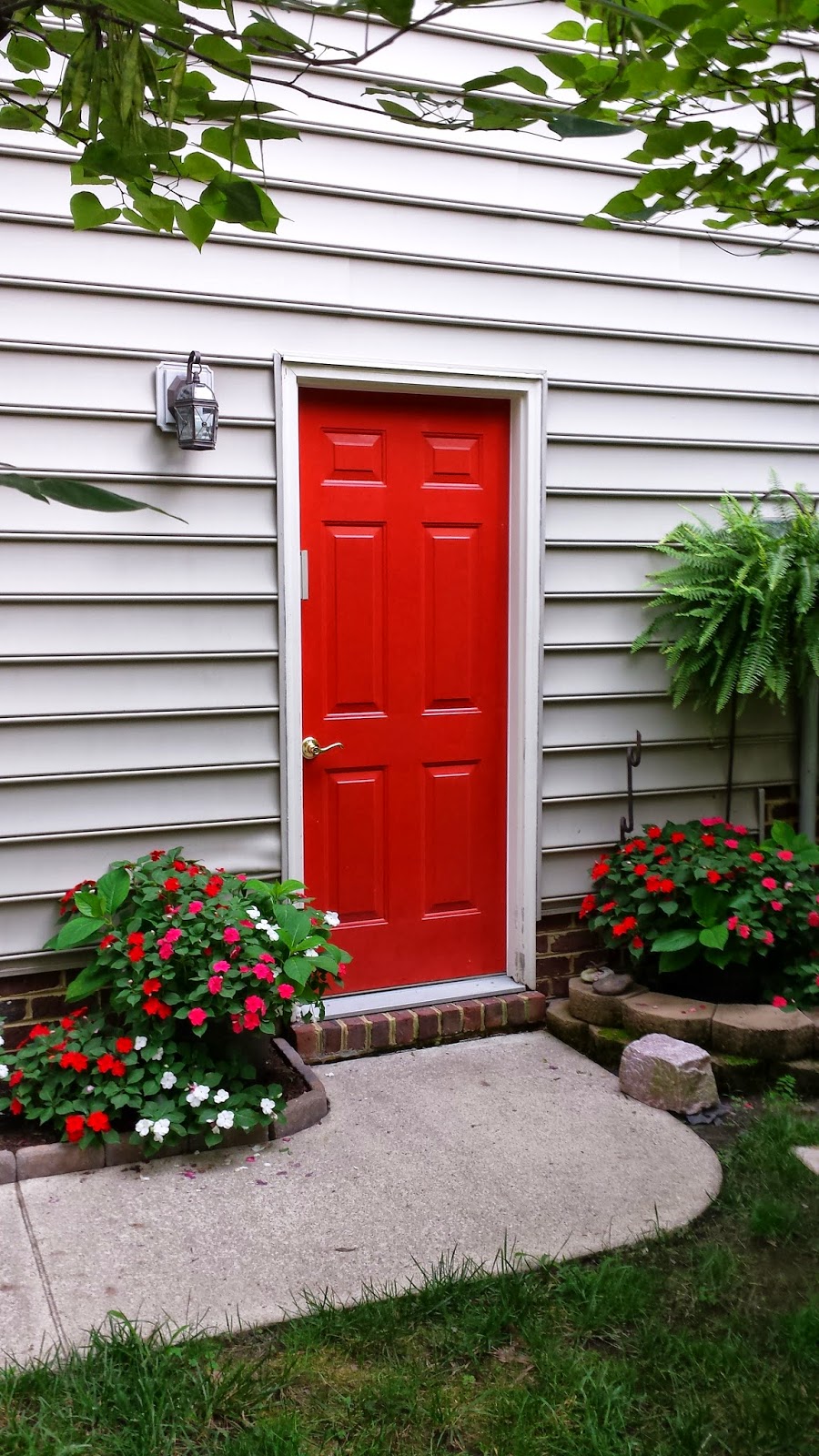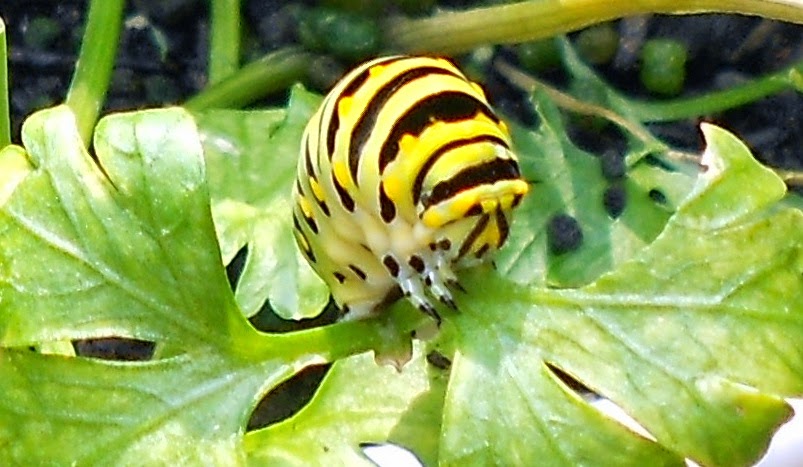Stillness reveals the secrets of eternity.
--Lao Tzu
As you can see from my note below,
I had planned a short hiatus from daily blogging.
My intention was to begin again today, December 1st, 2014;
however, my special projects at work won't be finished until January, 2015.
So I will begin publishing the blog again then, every Wednesday and Sunday
instead of daily. In the meantime, enjoy the archives!
As you can see from my note below,
I had planned a short hiatus from daily blogging.
My intention was to begin again today, December 1st, 2014;
however, my special projects at work won't be finished until January, 2015.
So I will begin publishing the blog again then, every Wednesday and Sunday
instead of daily. In the meantime, enjoy the archives!
The Still Waters: Notes from a Virginia Shire blog
is on hiatus from Monday, September 1, 2014
through Monday, December 1, 2014.
The archives contain more than 900 blog posts,
so while I'm away, catch up on what you may have missed.
~
Please email me at stillwaters161@gmail.com
if there are problems with the archive.
See you in December!
<>










